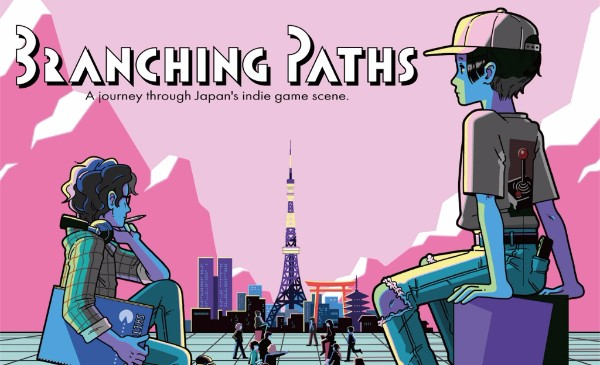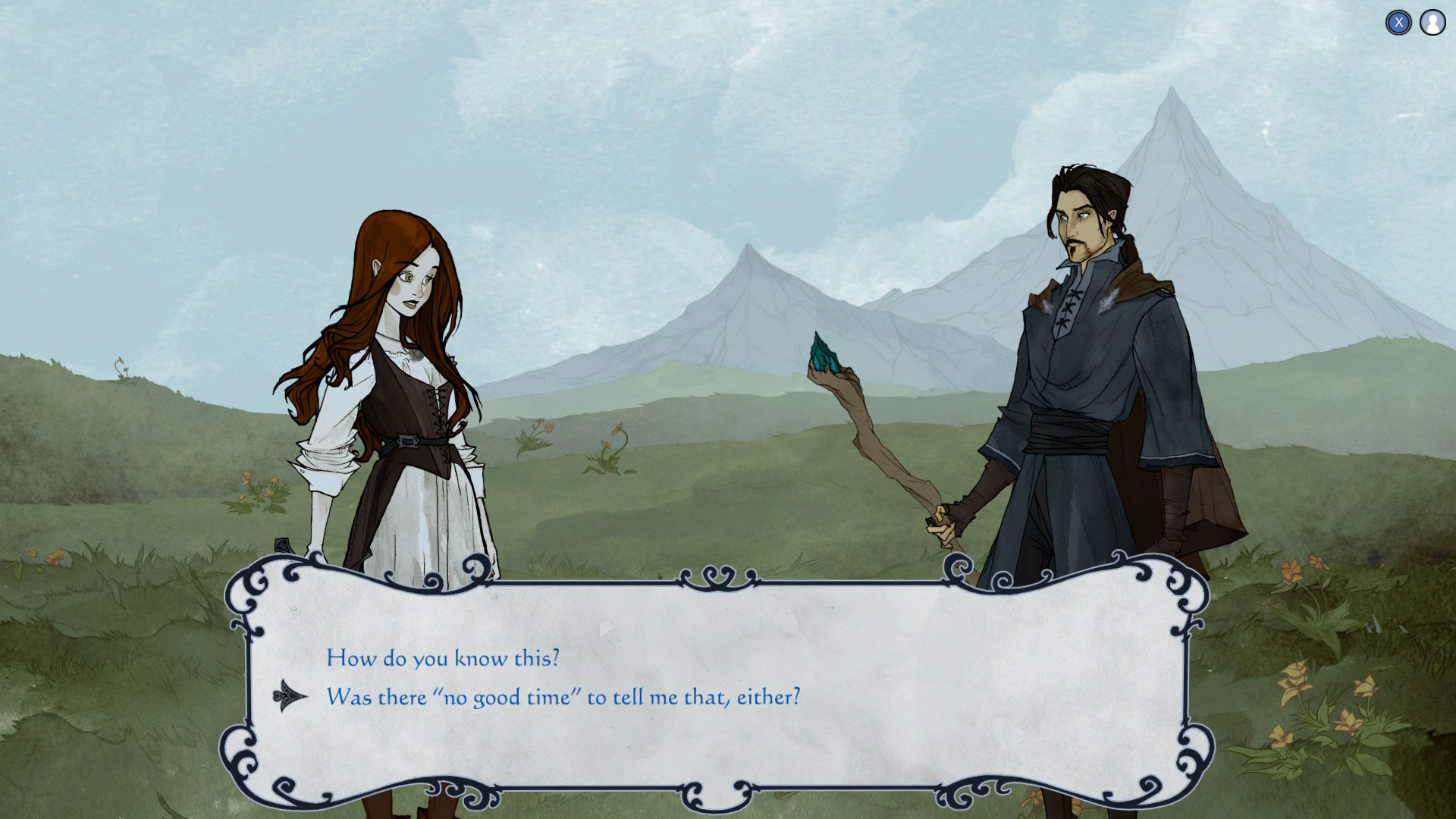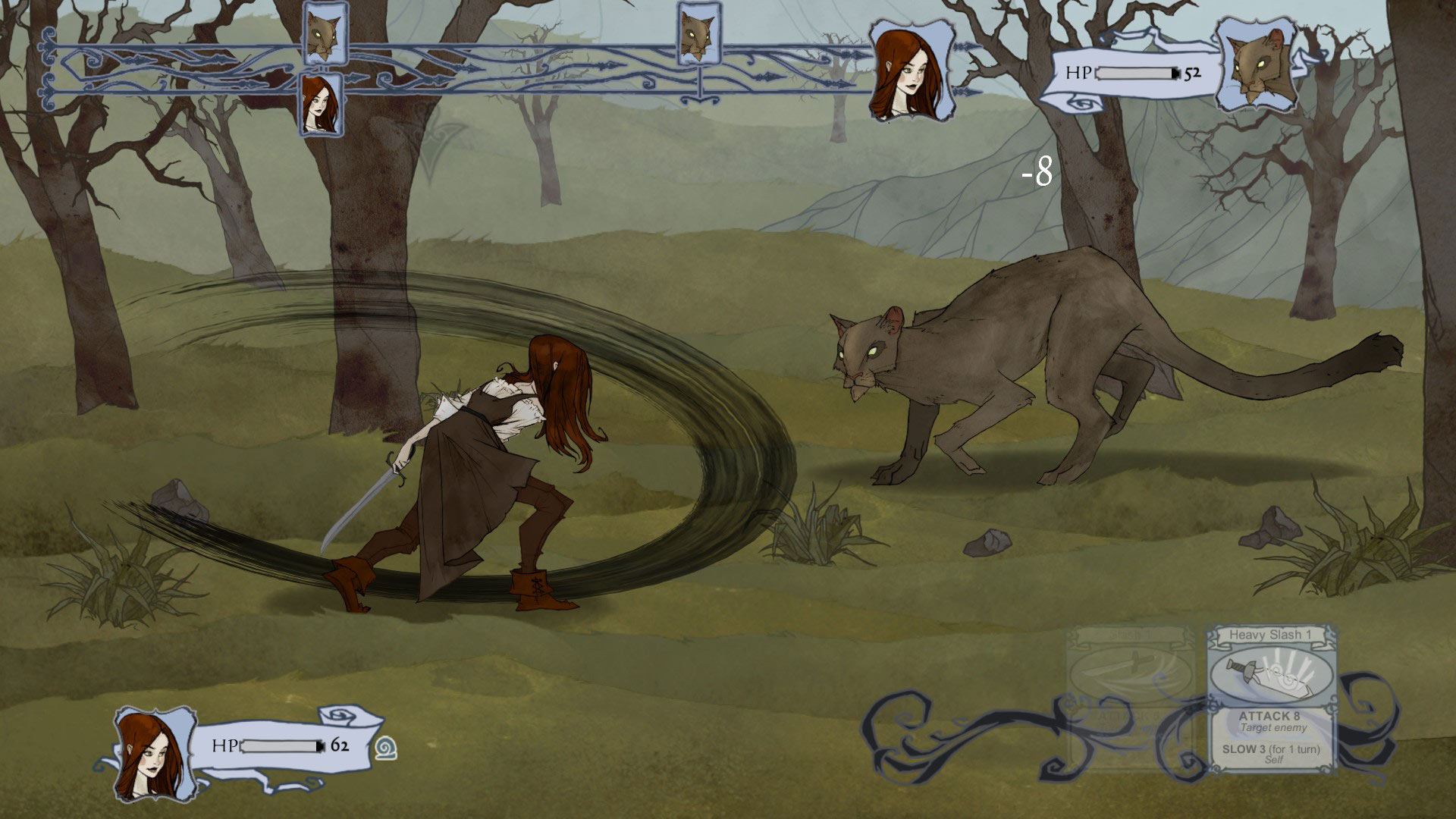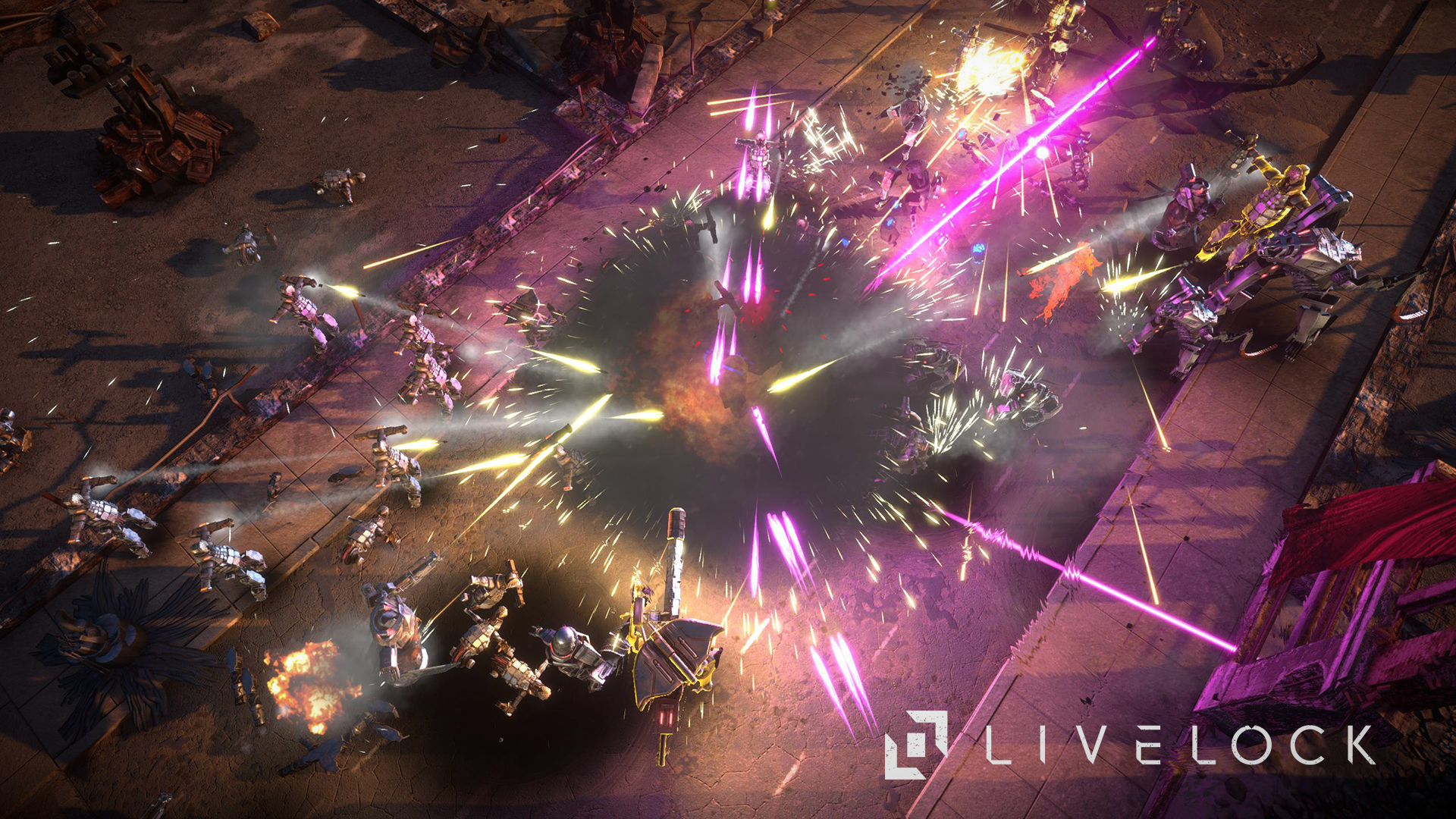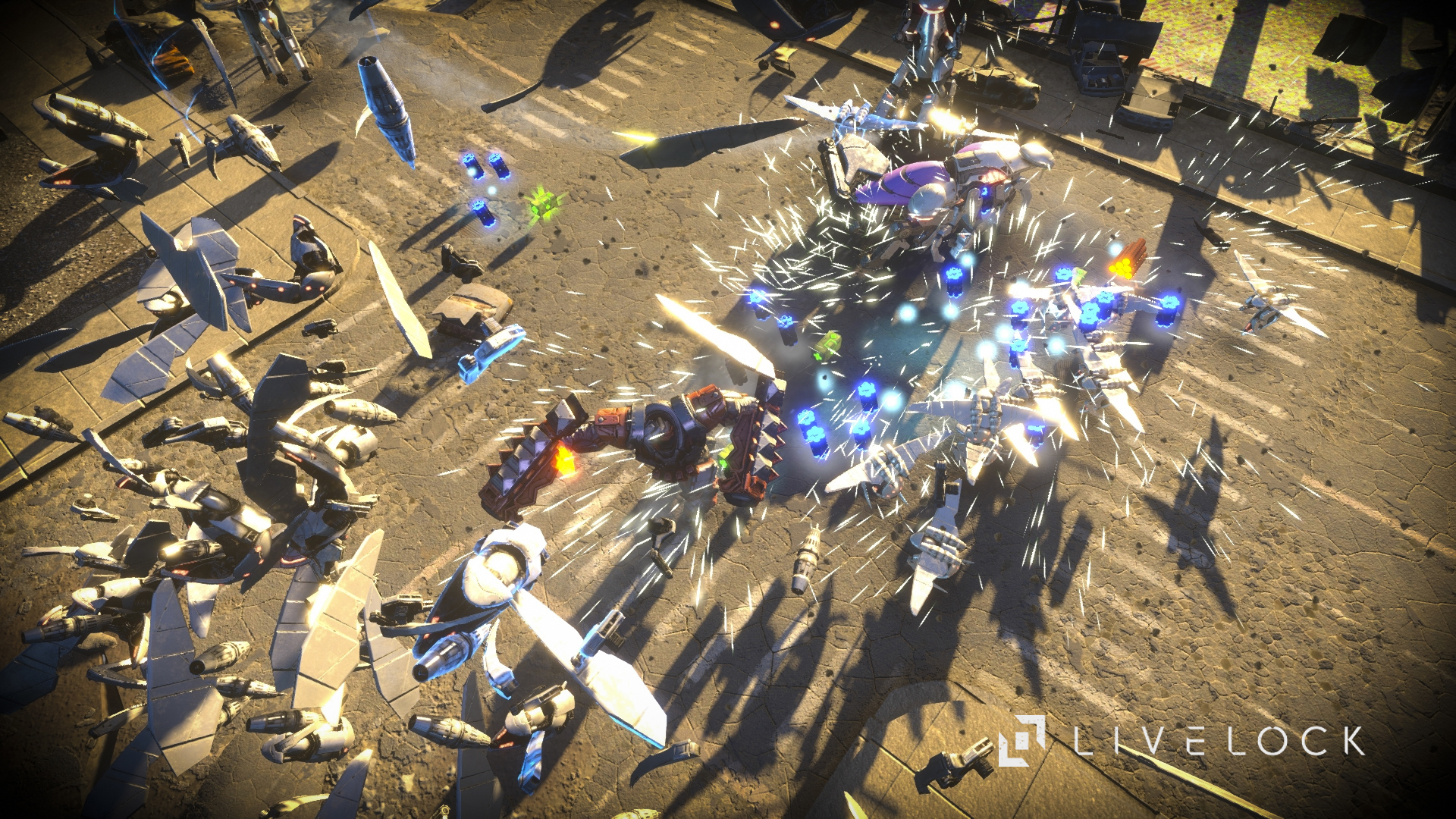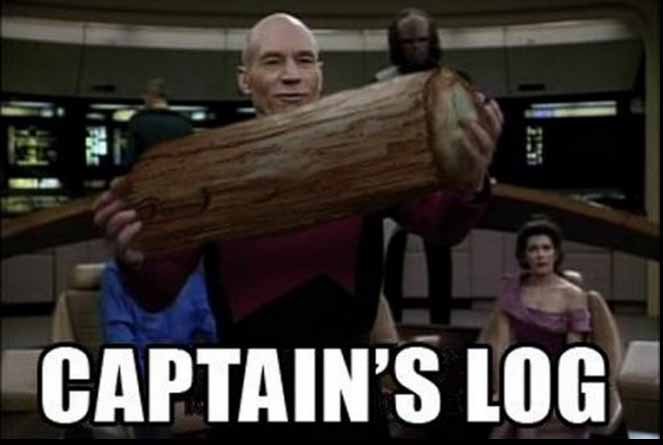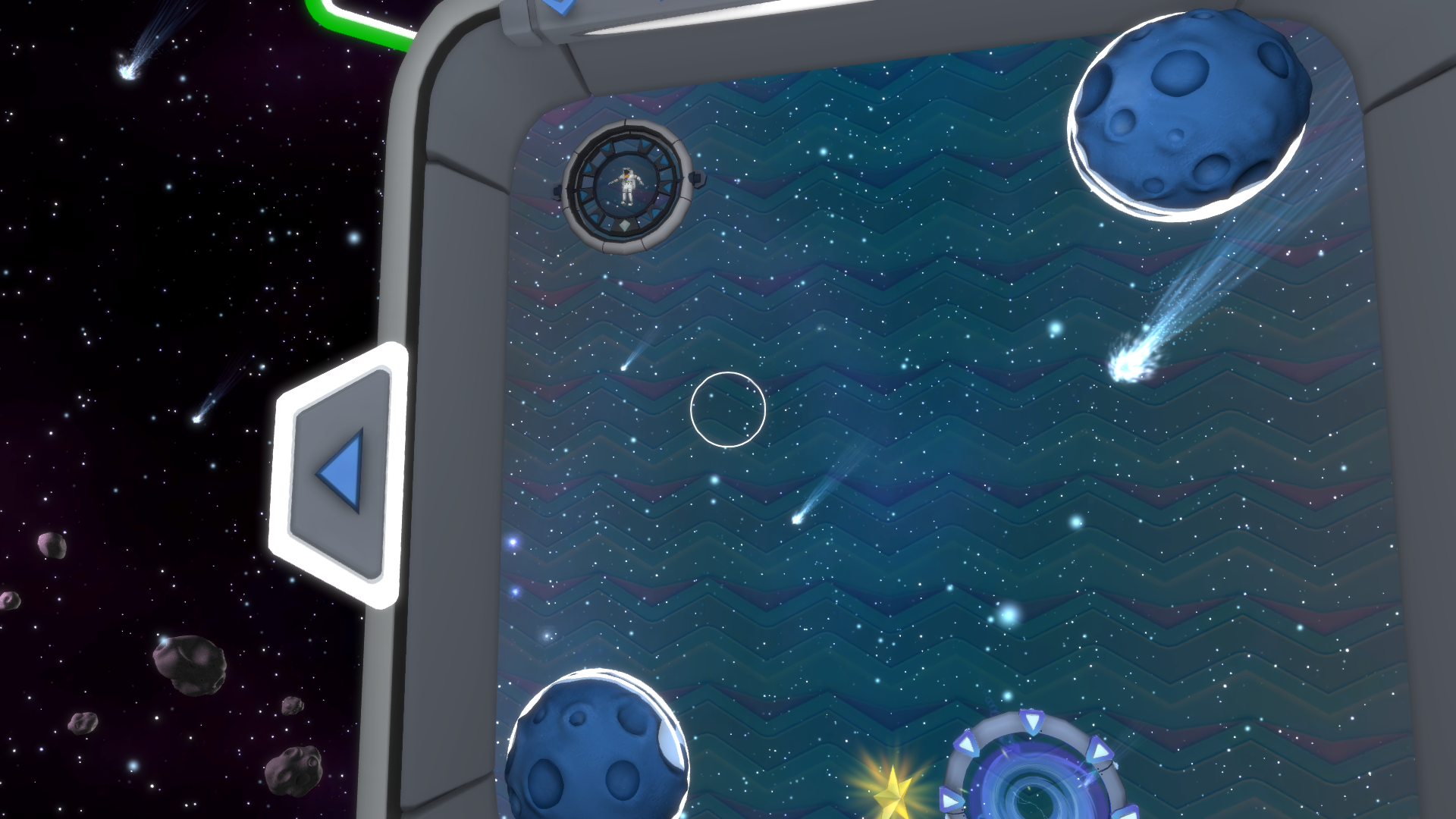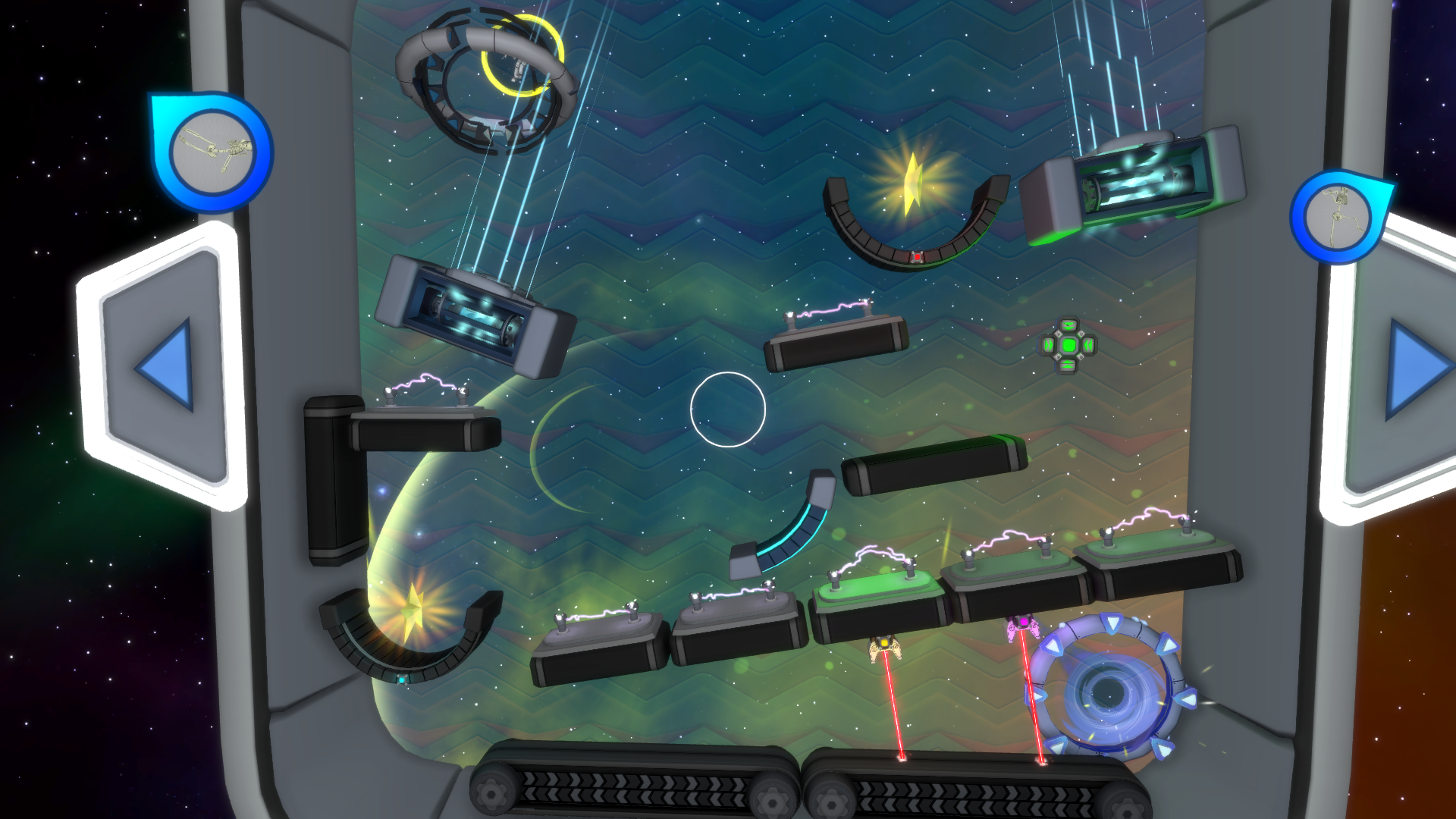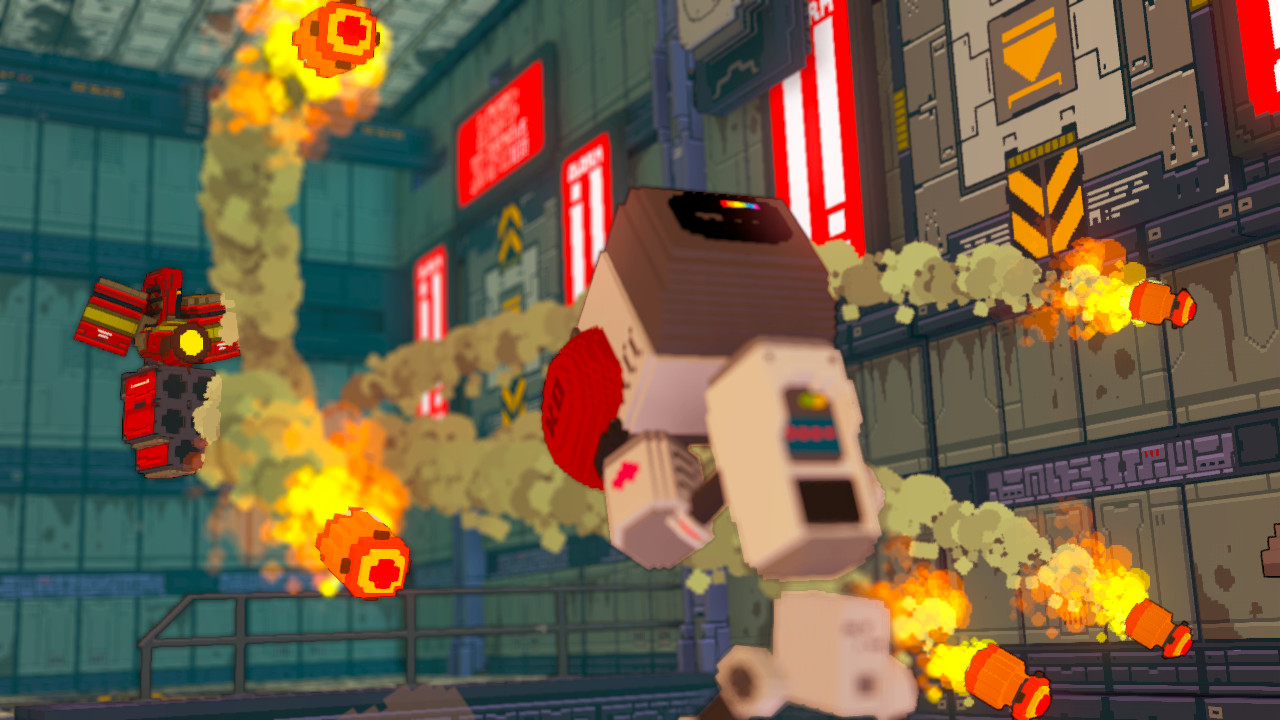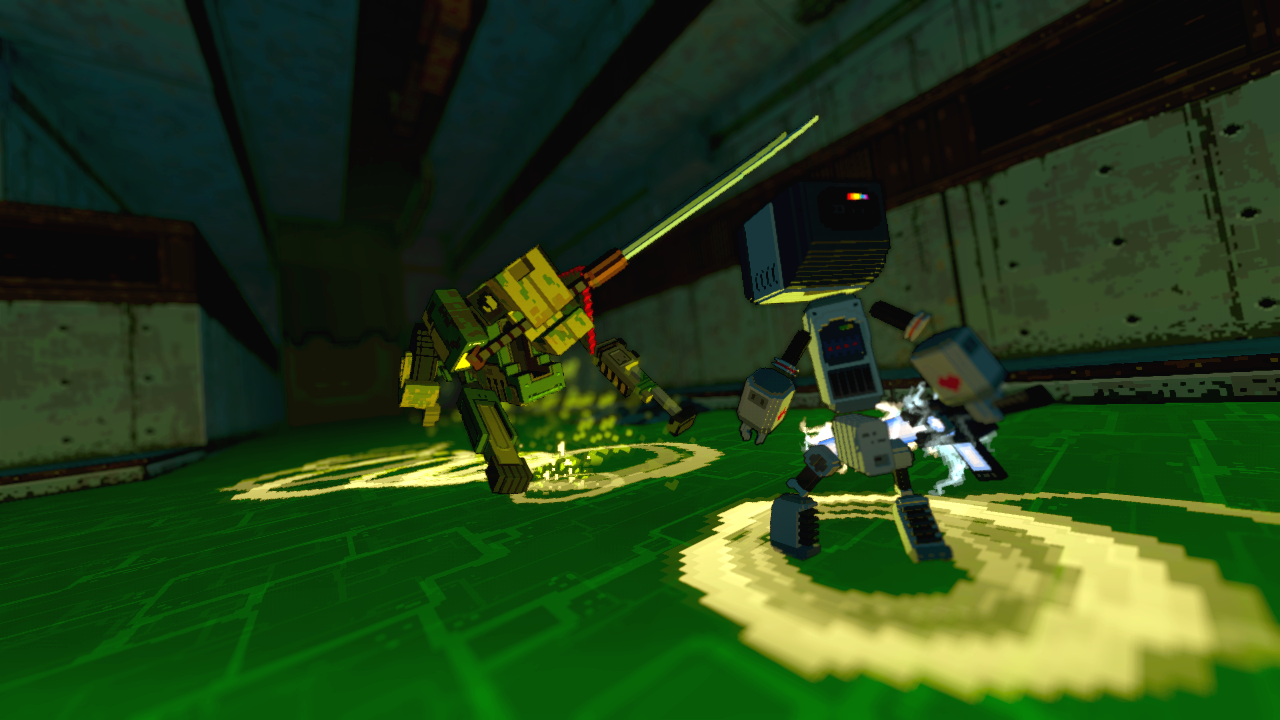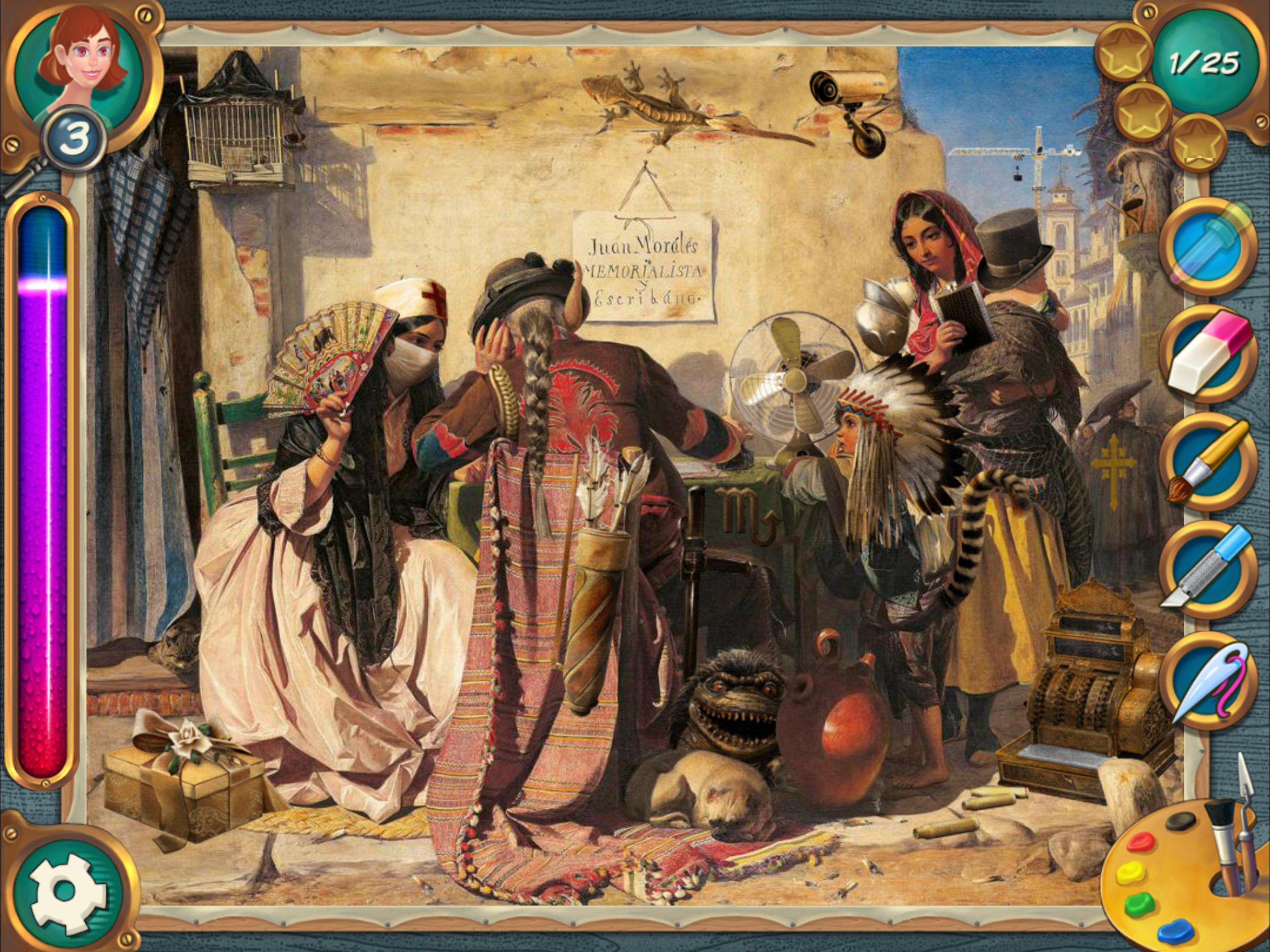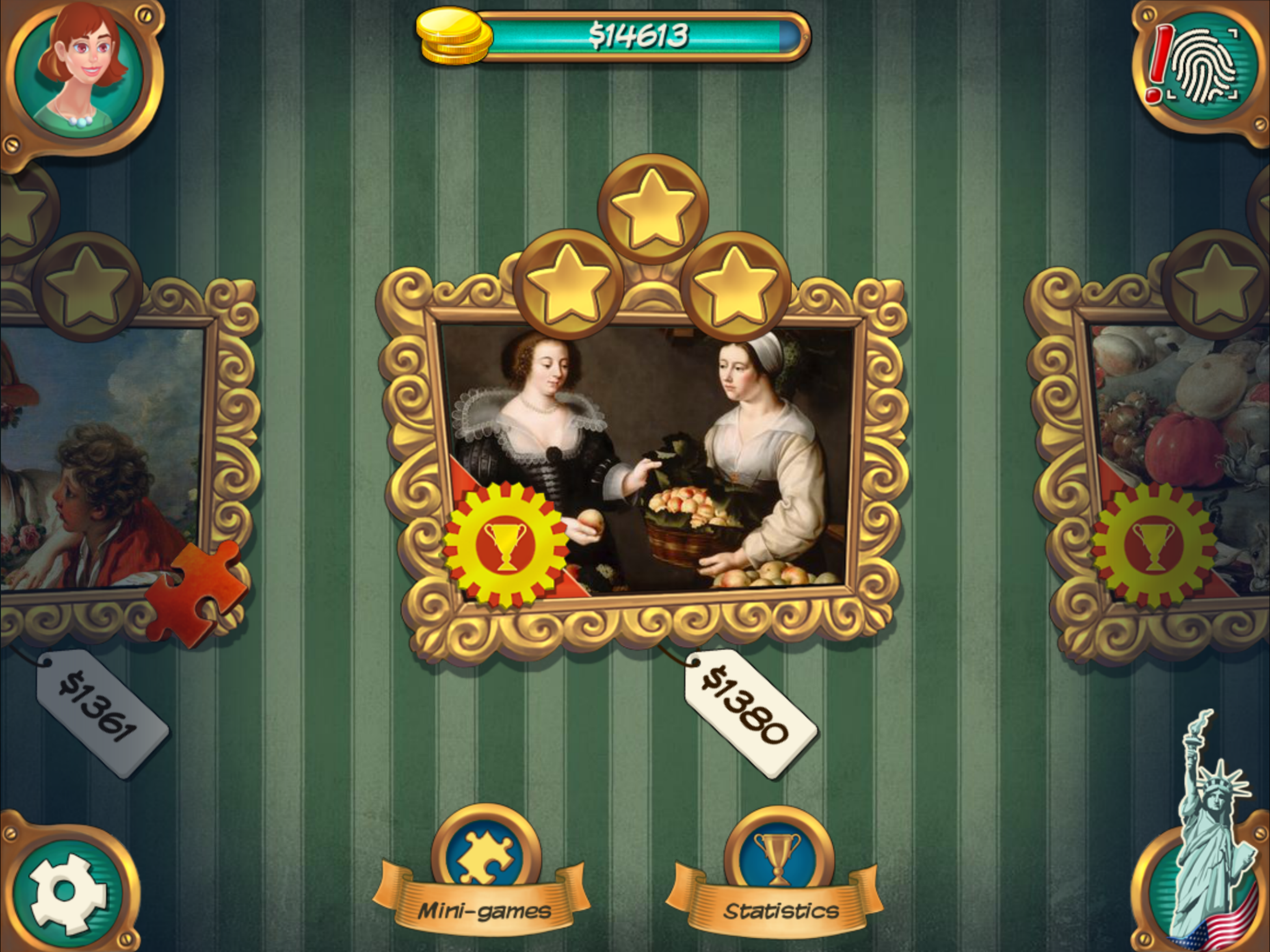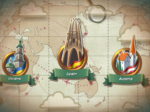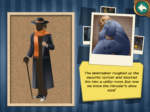Developer/Publisher: ION LANDS || Overall: 9.0/10
Occasionally when reviewing games I have the opportunity to play a genre I am not familiar with at all. The survival genre never really interested me enough to actively seek differing experiences; I had a stint with No Man’s Sky… but I’m not going there. Phoning Home became the perfect entry point for me: a single player, story-focused exploration game with light crafting elements. A fun cast of characters and an interesting science fiction story creates a unique experience that is tailored to fit the genre.
Phoning Home starts out with the large-eyed robot named ION crash-landing on an unknown planet with the ship named TR2. The design of ION instantly reminds you of Wall-E (or Johnny 5 from Short Circuit), instantly appealing to you as a protagonist. After assessing the situation, you will explore the forest area you landed in, searching for materials to help repair the ship in pursuit of communicating back home for help. The first few objectives in the game slowly introduce you to the crafting system and laying down the structure for the story to come as you learn more about where you have crash-landed. Eventually you will find a companion, by the name of ANI who you’ll escort and care for as you search for a way off the planet.
The gameplay elements are simple enough, and mostly revolve around exploring, gathering, and crafting. At its basic progression, Phoning Home is primarily exploration with smaller “challenge” portions, such as platforming or shooting, breaking up the flow. As you continue the story, you’ll unlock more of ION’s abilities which will be used during particular situations as they arise. Crafting will allow you to unlock abilities, gain health, and get past certain story points among other things. While the crafting isn’t too complicated, you’ll have to smartly manage the resources you come across. If you play it smart, the crafting portion won’t be too stressful, but if you waste resources on frivolous things instead of keeping a stockpile you’ll be in for some long laps around the map trying to find what you need. There also isn’t a map to actually look at, so you’ll have to rely on a compass for any resources you are interested in finding.
There is plenty of time for the story to be told as you traverse the forest and desert areas, slowly absorbing the atmosphere of the planet you are on and seeing the elements of a small, abandoned, alien civilization. At its core, the story is about the meaning of life, told through different angles, such as the history of the robot culture, the robots themselves, and the planet they are all stranded on. The writing is good enough where none of it seems too ham-fisted. While the relationships between the characters aren’t that important, the game mostly is a character study on ANI, and the planet itself which takes a role as the antagonist. Since ION is relegated to being a silent protagonist (due to a malfunction in his communication equipment), ANI is inserted into the sympathetic role as she has a very charming look and a peculiar personality. Voice acting is also great, and isn’t overused. Though ANI talks a lot, she only communicates via robot squeaks and squeals forcing you to read what she says, whereas the two ship AIs in the game are voiced. While ION “himself” doesn’t talk, all three of the other supporting characters progress the story and keep it all entertaining. There is very little in the way of cutscenes, but they do happen occasionally.
Phoning Home is also quite beautiful. While the models, animations, buildings, or even items aren’t particularly that great on their own, the beauty comes from the terrain, the atmosphere, and the sheer scale of the areas you traverse. The execution of the soundtrack is superb and makes a big impact on the feel. While much of the gameplay is serene and slow, there is a steady tension level that is created, and the mood is controlled throughout by the music. The mystery of the planet you are on is possibly the most interesting thing going on, and there are several points at which the sound design plays an important part in ramping up the “oh shit what the fuck is that!” factor that is present every now and then.
Phoning Home is worthy of a lot of praise in its execution as an indie title. While I got lost and confused a few times, I mostly chalk it up to me being an idiot rather than a flaw in the game design. There were a few times I really wanted to look up a guide, but since I was playing before it was officially released, I was left on my own with no one to answer my calls for help. In some way, I suppose my experience with the game in real life mirrored that of which I had in the game; I questioned life a few times as I wandered around the same area in a circle for the umpteenth time with no idea of where to go. Hopefully you won’t have to endure that trial when you play.
Phoning Home is available now on Steam.







































